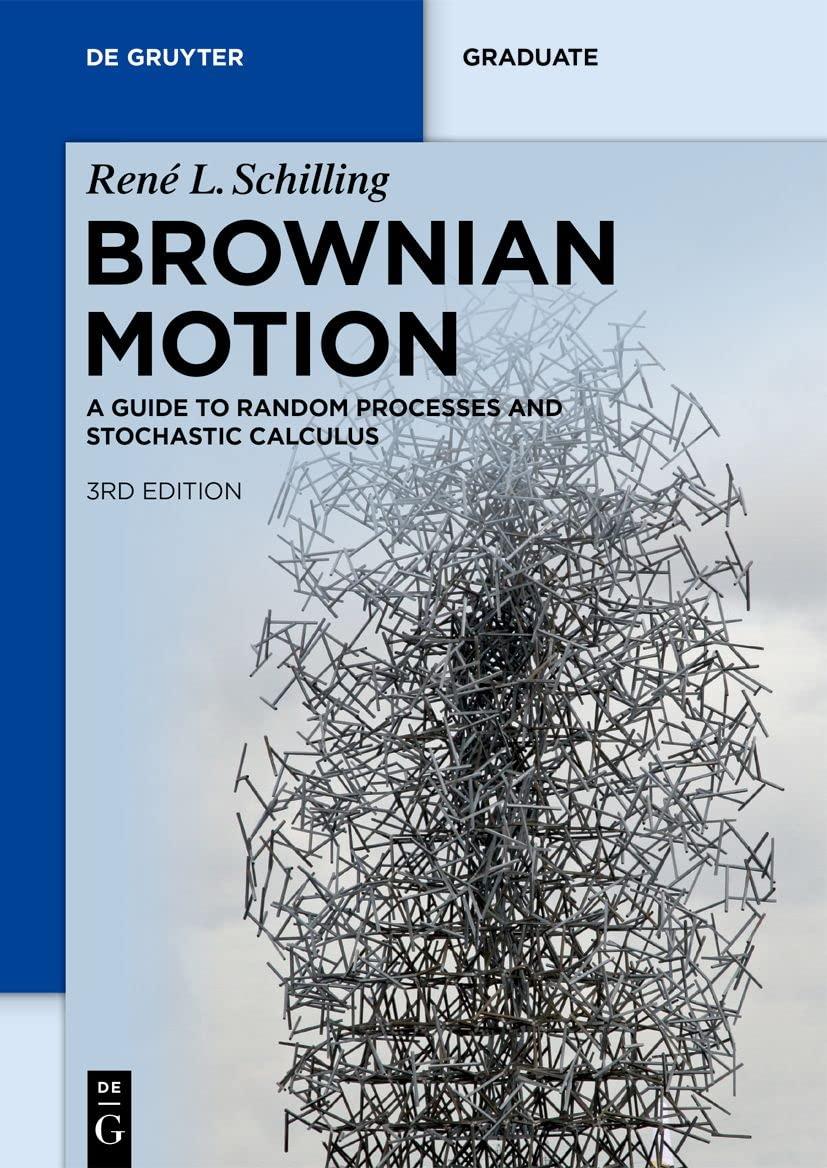Let (left(B_{t}, mathscr{F}_{t}ight)_{t geqslant 0}) be a (mathrm{BM}^{1}). a) Show that (X_{t}:=left|B_{t}ight|, t geqslant 0), is also
Question:
Let \(\left(B_{t}, \mathscr{F}_{t}ight)_{t \geqslant 0}\) be a \(\mathrm{BM}^{1}\).
a) Show that \(X_{t}:=\left|B_{t}ight|, t \geqslant 0\), is also a Markov process for the filtration \(\left(\mathscr{F}_{t}ight)_{t \geqslant 0}\), i.e. for all \(s, t \geqslant 0\) and \(u \in \mathcal{B}_{b}(\mathbb{R})\)
\[\mathbb{E}\left(u\left(X_{t+s}ight) \mid \mathscr{F}_{s}ight)=\mathbb{E}\left(u\left(X_{t+s}ight) \mid X_{s}ight) .\]
b) Find in a) the function \(g_{u, s, t+s}(x)\) with \(\mathbb{E}\left(u\left(X_{t+s}ight) \mid X_{s}ight)=g_{u, s, t+s}\left(X_{s}ight)\).
c) Solve a) and b) for the process \(Y_{t}:=\sup _{s \leqslant t} B_{s}-B_{t}, t \geqslant 0\).
d) Compare the transition functions from b) and c) for \(X\) and \(Y\), respectively.
Step by Step Answer:

Brownian Motion A Guide To Random Processes And Stochastic Calculus De Gruyter Textbook
ISBN: 9783110741254
3rd Edition
Authors: René L. Schilling, Björn Böttcher





